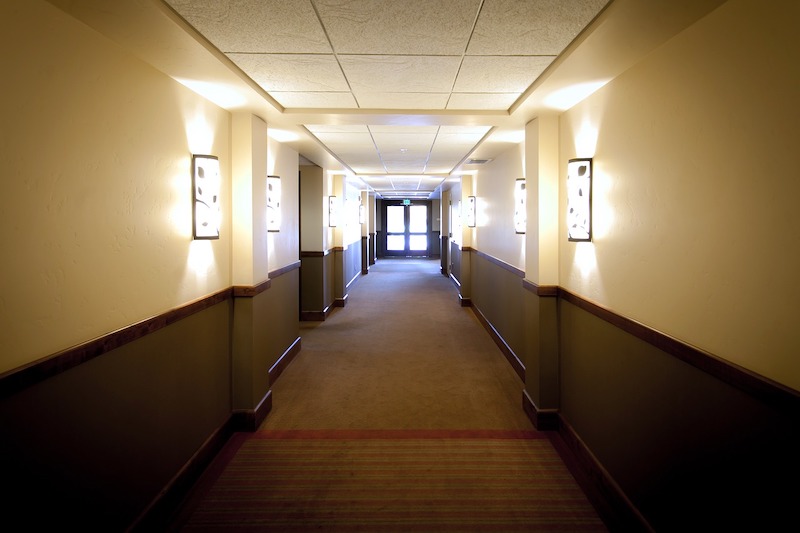Analysts at Lodging Econometrics (LE) state that Asia Pacific’s total construction pipeline, excluding China, hit a new all-time high at the close of 2019 with 1,926 projects/409,447 rooms. Project counts are up 7%, while room counts are up 8%, year-over-year (YOY).
Projects currently under construction stand at a record 991 projects with 224,354 rooms. Projects scheduled to start construction in the next 12 months and those in the early planning stage are also at all-time highs with 436 projects/85,417 rooms and 499 projects/99,676 rooms, respectively.
New projects announced into the pipeline have accelerated noticeably with 319 projects/55,165 rooms announced in the fourth quarter of 2019. This is the highest number of new projects announced since the second quarter of 2014 when 568 projects/98,738 rooms were announced.
The Asia Pacific region had 374 new hotels/69,527 rooms open in 2019. The LE forecast anticipates that 439 projects/84,188 rooms are expected to open in 2020. Should all these projects come online, this will be the highest count of new hotel openings that LE has ever recorded. Then in 2021, new hotel openings are forecast to slow to 371 projects/76,710 rooms.
Countries with the largest pipelines in Asia Pacific, excluding China, are led by Indonesia with 367 projects/60,354 rooms, which accounts for 19% of the projects in the total pipeline. Next is India with 265 projects/36,469 rooms, then Japan with 251 projects/49,869 rooms. These countries are followed by Australia, at an all-time high, with 192 projects/36,350 rooms and then Vietnam with 149 projects/59,857 rooms.
Cities in the Asia Pacific region, excluding China, with the largest construction pipelines are Jakarta, Indonesia with 86 projects/15,163 rooms, Seoul, South Korea with 68 projects/13,373 rooms and Tokyo, Japan with 61 projects/13,210 rooms. Kuala Lumpur, Malaysia follows with 50 projects/13,147 rooms and then Bangkok, Thailand with 43 projects/11,427 rooms.
The top franchise companies in Asia Pacific, excluding China, are Marriott International, at a new all-time high, with 273 projects/61,590 rooms, AccorHotels with 224 projects/46,502 rooms, and InterContinental Hotels Group (IHG) with 151 projects/32,701 rooms. Hilton Worldwide follows, also at record high counts, with 93 projects/20,762 rooms. Combined, these four companies account for 40% of the rooms in the total construction pipeline.
Top brands in Asia Pacific’s construction pipeline, excluding China, include Marriott International’s Fairfield Inn, at a record high, with 40 projects/6,563 rooms, and Courtyard with 37 projects/7,889 rooms; AccorHotels’ Ibis brands with 49 projects/9,305 rooms and Novotel with 43 projects/10,438 rooms; IHG’s Holiday Inn with 58 projects/12,457 rooms and Holiday Inn Express with 31 projects/6,281 rooms; Hilton Worldwide’s top brands are DoubleTree with 33 projects/6,514 rooms and full-service Hilton Hotel & Resorts, at an all-time high, with 30 projects/7,885 rooms.
*Please keep in mind that the COVID-19 (coronavirus) did not have an impact on fourth quarter 2019 totals reported by LE. As of the printing of this media release, countries in Asia Pacific that have been most affected by COVID-19, after China, are South Korea, Japan and Singapore. New confirmed cases continue to be added and it is still too early to predict the full impact of the outbreak on the hospitality and lodging industry. We will have more information to report in the coming months.
Related Stories
Hotel Facilities | Jul 28, 2022
As travel returns, U.S. hotel construction pipeline growth follows
According to the recently released United States Construction Pipeline Trend Report from Lodging Econometrics (LE), the total U.S. construction pipeline stands at 5,220 projects/621,268 rooms at the close of 2022’s second quarter, up 9% Year-Over-Year (YOY) by projects and 4% YOY by rooms.
Codes and Standards | Jul 22, 2022
Hurricane-resistant construction may be greatly undervalued
New research led by an MIT graduate student at the school’s Concrete Sustainability Hub suggests that the value of buildings constructed to resist wind damage in hurricanes may be significantly underestimated.
Market Data | Jul 21, 2022
Architecture Billings Index continues to stabilize but remains healthy
Architecture firms reported increasing demand for design services in June, according to a new report today from The American Institute of Architects (AIA).
Market Data | Jul 21, 2022
Despite deteriorating economic conditions, nonresidential construction spending projected to increase through 2023
Construction spending on buildings is projected to increase just over nine percent this year and another six percent in 2023, according to a new report from the American Institute of Architects (AIA).
Building Team | Jul 18, 2022
Understanding the growing design-build market
FMI’s new analysis of the design-build market forecast for the next fives years shows that this delivery method will continue to grow, despite challenges from the COVID-19 pandemic.
Market Data | Jul 1, 2022
Nonresidential construction spending slightly dips in May, says ABC
National nonresidential construction spending was down by 0.6% in May, according to an Associated Builders and Contractors analysis of data published today by the U.S. Census Bureau.
Market Data | Jun 30, 2022
Yardi Matrix releases new national rent growth forecast
Rents in most American cities continue to rise slightly each month, but are not duplicating the rapid escalation rates exhibited in 2021.
Market Data | Jun 22, 2022
Architecture Billings Index slows but remains strong
Architecture firms reported increasing demand for design services in May, according to a new report today from The American Institute of Architects (AIA).
Building Team | Jun 17, 2022
Data analytics in design and construction: from confusion to clarity and the data-driven future
Data helps virtual design and construction (VDC) teams predict project risks and navigate change, which is especially vital in today’s fluctuating construction environment.
Market Data | Jun 15, 2022
ABC’s construction backlog rises in May; contractor confidence falters
Associated Builders and Contractors reports today that its Construction Backlog Indicator increased to nine months in May from 8.8 months in April, according to an ABC member survey conducted May 17 to June 3. The reading is up one month from May 2021.

















